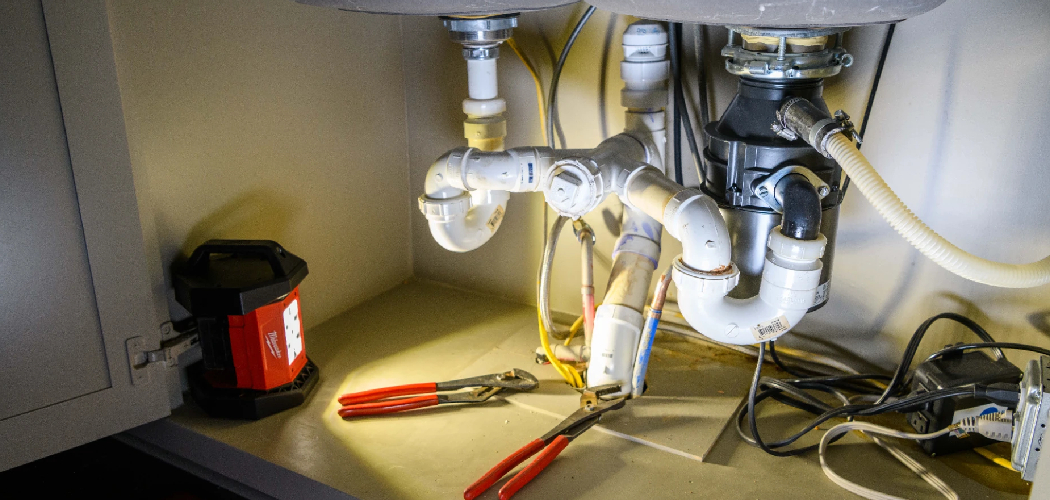Water leaks can cause significant damage to your home if not detected and addressed in time. A water leak detector is an essential tool that helps you identify leaks early, preventing costly repairs and potential water waste. This guide will walk you through the steps of how to use water leak detector in house, ensuring your home stays safe and protected from water damage.
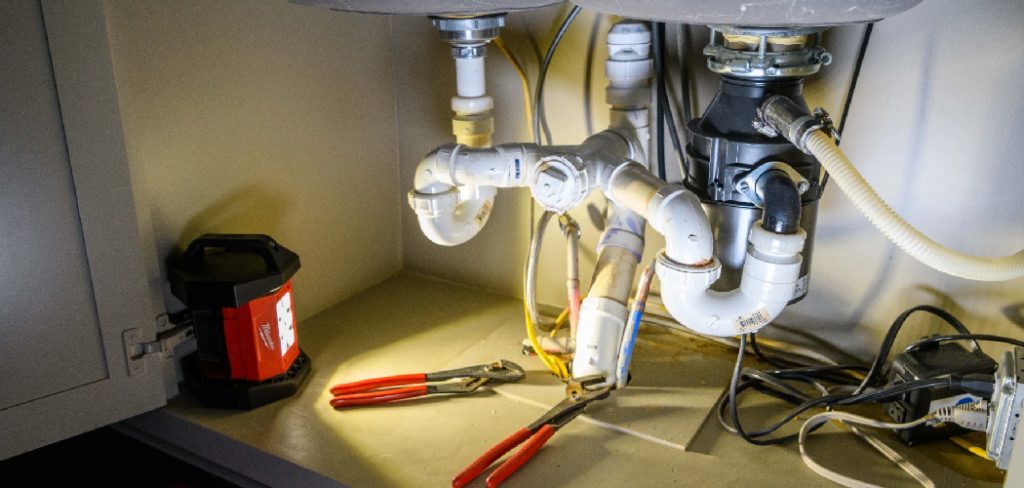
What is a Water Leak Detector?
A water leak detector is a device designed to identify and alert homeowners to the presence of water leaks in their property. These devices come in various forms, ranging from simple sensors that detect water pooling in specific areas to advanced systems integrated with smart home technology. Some detectors provide real-time notifications to your smartphone, enabling quick action to prevent damage. Water leak detectors are particularly useful in areas prone to leaks, such as basements, bathrooms, laundry rooms, and near water appliances like dishwashers and water heaters. By providing early warnings, these devices play a crucial role in protecting your home, reducing water waste, and avoiding costly repairs.
Importance of Detecting Water Leaks
Detecting water leaks early is crucial for maintaining the structural integrity of your home and avoiding expensive repairs. Undetected leaks can lead to significant water damage, promoting mold growth, weakening foundations, and damaging flooring, walls, and ceilings. Beyond structural issues, water leaks also result in unnecessary water wastage, increasing utility bills and impacting environmental resources. Identifying leaks promptly ensures that problems can be resolved before they escalate, saving both time and money while contributing to sustainable water usage in your household.
Types of Water Leak Detectors
Water leak detectors come in various types, each designed to cater to different needs and preferences. The most common types include:
Standalone Sensors
These small devices are placed in areas prone to water leaks, such as under sinks, near water heaters, or behind washing machines. When water is detected, they emit an audible alarm to alert homeowners.
Smart Leak Detectors
Equipped with Wi-Fi connectivity, these advanced devices not only alert users locally but also send notifications to smartphones or connected systems. Many smart detectors integrate with home automation platforms, providing real-time updates and remote monitoring.
Inline Water Shutoff Systems
These systems are installed directly into a home’s plumbing and are designed to detect irregular water flow that may indicate a leak. When a leak is identified, the system automatically shuts off the water supply to prevent damage.
Moisture Sensors
These detectors are ideal for areas with prolonged exposure to dampness or humidity. They measure moisture levels over time and alert users when levels exceed safe thresholds.
Selecting the right water leak detector depends on factors such as your budget, the level of control you desire, and the specific areas of your home that are most vulnerable to leaks. Investing in a reliable system can help protect your property and conserve valuable water resources.
10 Methods How to Use Water Leak Detector in House
1. Choose the Right Type of Water Leak Detector for Your Home
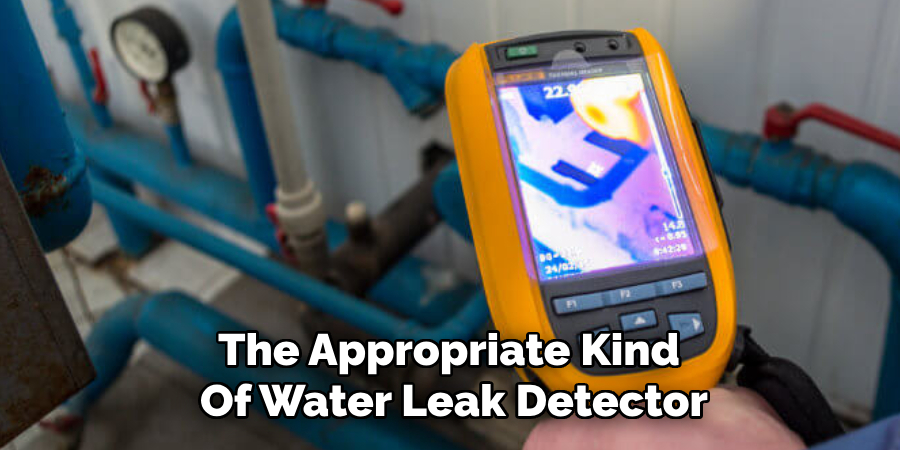
Start by selecting the appropriate kind of water leak detector to suit your household’s layout and specific needs. There are basic standalone sensors that simply emit a loud alarm when they detect moisture, and more advanced smart models that connect to Wi-Fi and send alerts to your phone. Some include temperature and humidity monitoring or even automatic shutoff valves to stop water flow when a leak is detected. Choose models with strong reviews and compatibility with your existing smart home ecosystem if you want remote control features. Picking the right technology ensures your setup is as efficient and responsive as possible.
2. Identify the Most Vulnerable Areas in Your Home
Before installing detectors, identify leak-prone areas. These typically include under kitchen and bathroom sinks, behind toilets, beneath dishwashers and refrigerators with water dispensers, near water heaters, and in laundry rooms behind washing machines. Basements, crawl spaces, and HVAC closets are also common sites for moisture accumulation. Create a checklist of these areas and prioritize them based on the presence of plumbing, appliances, and previous water damage. Positioning your detectors in the right places maximizes coverage and minimizes risk.
3. Place Detectors Flat on the Ground for Maximum Sensitivity
Proper placement is key to effective leak detection. Place each sensor directly on the floor near the suspected leak source, with the sensor probes facing down. Ensure the device is on a flat surface so even a small amount of water makes contact. If your model has extended probe wires, you can position the sensor base higher and place the probes in tight or low areas where water may pool first. Be cautious not to block sensors with towels, clutter, or mats, as this can prevent early detection.
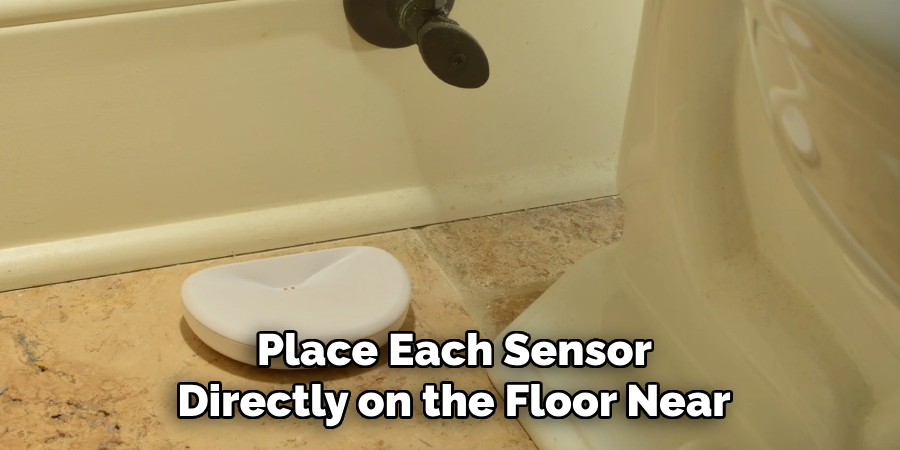
4. Test Your Detectors After Installation
Once your water leak detectors are in place, test each one to make sure it functions correctly. Drip a small amount of water onto the sensor or place a damp cloth underneath it. You should hear a loud alarm or receive a phone notification, depending on the model. Testing ensures that the device is responsive and has a proper connection if it’s a smart model. Repeat this test every few months or after moving the sensor to a new location. Reliable performance is essential for early intervention.
5. Connect Smart Detectors to Your Home Wi-Fi Network
For smart leak detectors, follow the manufacturer’s instructions to connect them to your home’s Wi-Fi. Download the corresponding mobile app and complete the setup by assigning each detector a name and room location—e.g., “Laundry Room Sensor” or “Kitchen Sink Detector.” Once connected, you’ll receive real-time alerts if a leak is detected, even when you’re away from home. Many smart systems also integrate with other devices like smart valves or security systems to automatically stop water flow or notify emergency services.
6. Use Detectors with Shutoff Valves for Added Protection
For critical appliances or high-risk areas, consider using leak detectors that are integrated with automatic shutoff valves. These systems monitor for leaks and immediately shut off the water supply to prevent further damage. They are ideal for water heaters, washing machines, and main water lines. While more expensive, they offer the ultimate in protection, especially for vacation homes or properties left unattended for long periods. Installation may require a plumber but provides lasting value.
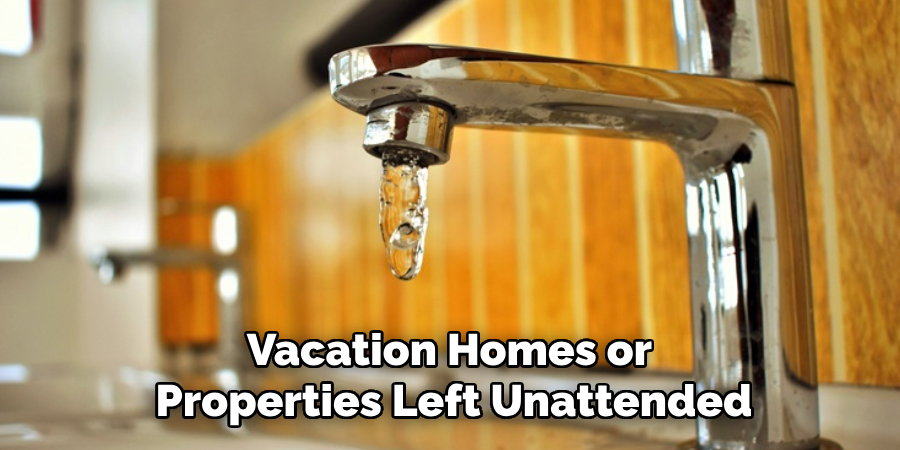
7. Monitor Battery Levels and Replace as Needed
Most water leak detectors are battery-powered, so keeping an eye on battery life is crucial. Smart detectors usually display battery levels in their mobile apps, while basic models may emit a low-battery chirp. Replace batteries promptly to avoid a lapse in protection. Some detectors use standard AA or AAA batteries, while others use lithium coin cells. Keep a few extras on hand and set reminders to check them quarterly. Power loss at the wrong time could leave your home vulnerable.
8. Create a Routine Leak Check Schedule
Even with detectors in place, establish a habit of visually checking your appliances and plumbing for early signs of leaks or condensation. Perform a monthly inspection of all sensor locations and verify that no hoses are cracked, fittings are loose, or seals are deteriorating. Make sure detectors haven’t shifted position due to cleaning or accidental bumps. Combine electronic monitoring with physical checks to strengthen your defense against water damage.
9. Use Detectors to Monitor Humidity in Basements or Crawl Spaces
Some water leak detectors also include humidity monitoring features, which are particularly useful in damp environments like basements or crawl spaces. High humidity may not indicate an active leak but can point to condensation or slow moisture accumulation that could lead to mold. Set humidity thresholds in the app if supported, and consider pairing the detector with a dehumidifier or ventilation fan to manage air moisture levels.
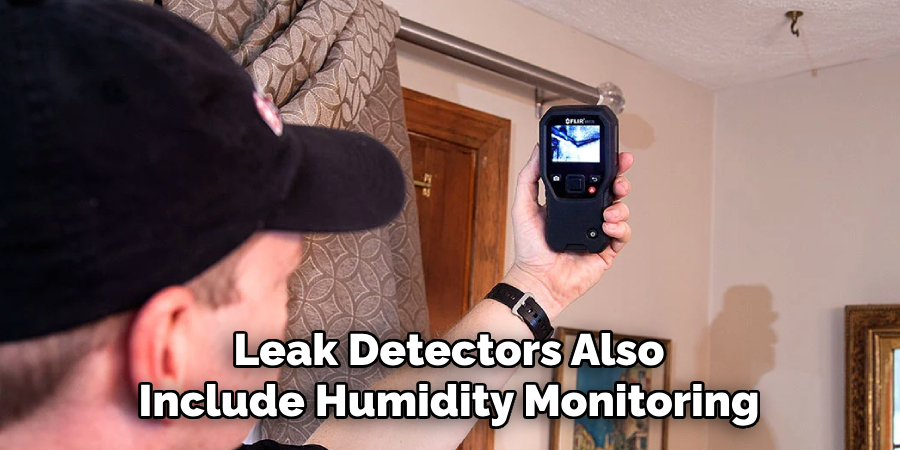
10. Integrate Your Detectors with a Whole-Home Smart System
To fully leverage the power of your water leak detectors, integrate them into a comprehensive smart home platform. If you use systems like Google Home, Amazon Alexa, or Apple HomeKit, many detectors can be added to automate responses. For example, a detected leak can trigger an alert, activate smart lights in the area, or even send you a verbal warning via your smart speaker. The more your devices communicate, the quicker you can act and minimize damage.
Conclusion
Using a water leak detector in your home is a practical and proactive way to protect your property, especially when you combine sound placement, regular testing, and smart technology integration. With these ten elaborated methods, you’ll not only understand how to install and operate your detectors effectively, but also how to maximize their benefits through maintenance, automation, and strategic planning. Whether you’re guarding against minor leaks or safeguarding an entire household plumbing network, a reliable water leak detection setup ensures that you’re prepared, informed, and in control. So, there you have it – a quick and easy guide on How to use water leak detector in house.

